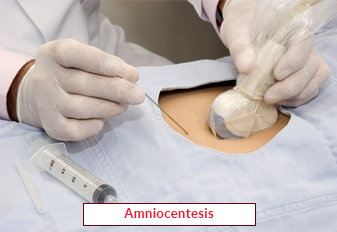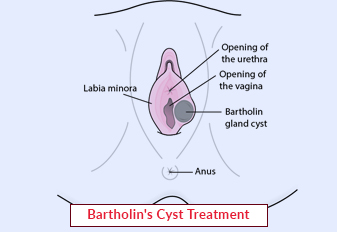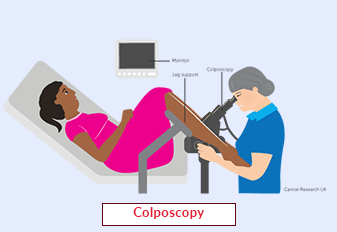Amniocentesis

Amniocentesis is a medical procedure used during pregnancy to obtain a sample of amniotic fluid for diagnostic purposes. Amniotic fluid surrounds the developing fetus in the uterus and contains valuable information about the baby's health and genetic makeup. Amniocentesis is primarily performed to detect genetic abnormalities, chromosomal disorders, and certain birth defects. In this article, we will explore the concept of amniocentesis, the reasons for its implementation, the procedure involved, and the importance of aftercare.
Book an AppointmentAbout Amniocentesis
Amniocentesis is a prenatal diagnostic test that involves the extraction of a small amount of amniotic fluid from the amniotic sac surrounding the fetus. The procedure allows healthcare providers to analyze the fetal cells and genetic material present in the fluid. This information can provide valuable insights into the baby's health and development, including the presence of genetic disorders, chromosomal abnormalities, or neural tube defects.
Procedure of Amniocentesis
Amniocentesis is typically performed between the 15th and 20th weeks of pregnancy, although the timing may vary depending on the healthcare provider's recommendation. The general steps involved in the procedure are as follows:
-
Preparation: The woman's abdomen is cleansed and a local anesthetic may be administered to numb the area.
-
Ultrasound guidance: An ultrasound is used to visualize the fetus, placenta, and amniotic sac, guiding the healthcare provider during the procedure.
-
Needle insertion: A thin, hollow needle is carefully inserted through the woman's abdomen into the amniotic sac, guided by the ultrasound image.
-
Fluid extraction: A small amount of amniotic fluid, usually around 20 milliliters, is withdrawn through the needle into a syringe.
-
Needle removal and site care: The needle is gently withdrawn, and a sterile dressing is applied to the injection site.
The entire procedure usually takes about 20 to 30 minutes, although the actual fluid extraction is typically completed within a few minutes. The extracted amniotic fluid is then sent to a laboratory for analysis.
Require Assistance?
Get A Quick Callback From Our Healthcare Experts






